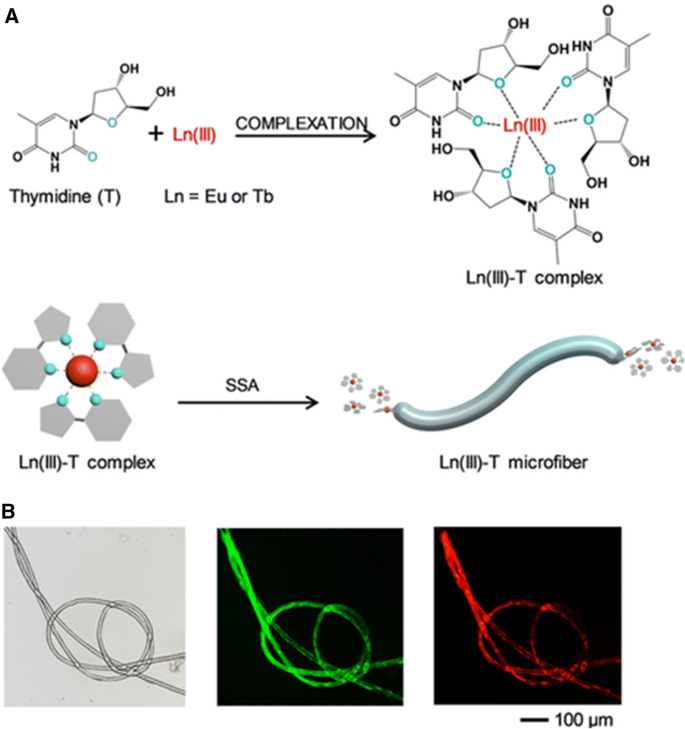

The genetic material is physically transmitted from parent to offspring. The central dogma of molecular genetics is that DNA makes RNA, which makes proteins (Figure 10.1). Lipid: Insulator and stores fat and energy. The Genetic Material Must Exhibit Four Characteristics For a molecule to serve as the genetic material, it must be able to replicate, store information, express information, and allow variation by mutation. In the content of genetic disorder, consider the following: A women suffers from colour. Carbohydrates Store energy, provide fuel, and build structure in body, main source of energy, structure of plant cell wall. Which of the following features of DNA make it unequally suited to store and transmit genetic information from generation to generation A.

Nucleic acids: Stores and transfers info. What is the main function of each of the 4 macromolecules? These macromolecules consist of a large number of linked nucleotides, each composed of a sugar, a phosphate, and a base.Īccordingly, which type of macromolecule has the function of storing and transmitting hereditary or genetic information? One may also ask, what two macromolecules carry an organism's heritable information? DNA and RNA are long linear polymers, called nucleic acids, that carry information in a form that can be passed from one generation to the next. Nucleic acids (DNA and RNA) are the only known molecules that are able to store genetic information and transmit genetic information (copy it and pass it on).

The two main types of nucleic acids are deoxyribonucleic acid (DNA) and ribonucleic acid (RNA).īeside this, which macromolecules are copied and pass genetic information to new cells? They carry the genetic blueprint of a cell and carry instructions for the functioning of the cell. Nucleic acids are key macromolecules in the continuity of life.


 0 kommentar(er)
0 kommentar(er)
